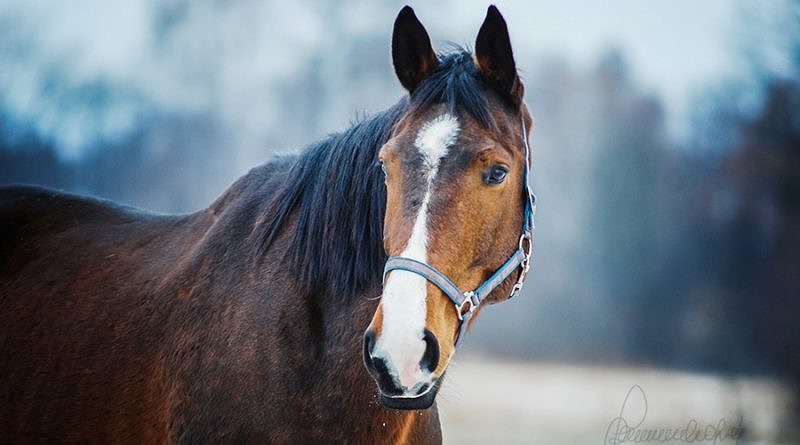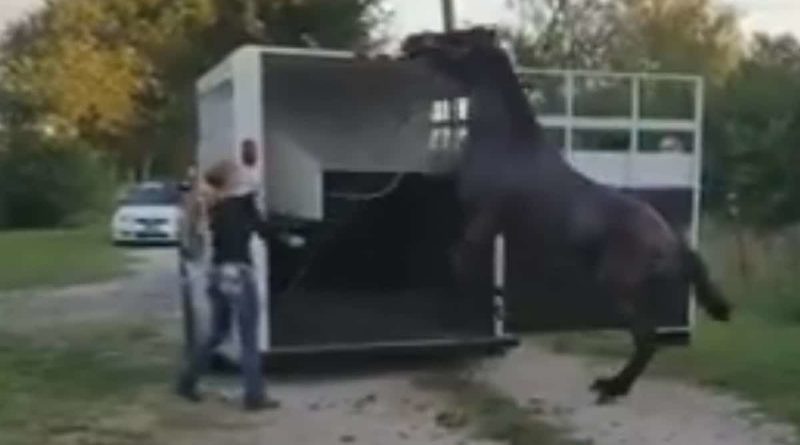Good training can be passive!
I occasionally encounter cases where the best approach to solving a behavioural problem is to be passive.
One example is the case of a mare who showed clear signs of stress and fear when brought into a round pen. Her history was largely unknown but it seemed as though this poor mare had had some very negative experiences in a round pen before. When she was led into one she would begin to tremble, tense up and, though obedient, would over-react to cues from the handler.
There is a basic ethical concern here – we don’t want to cultivate fear in our horses! But there is also a practical issue: a horse that is frightened, just like a frightened person, will struggle to learn and retain new concepts. That means that a frightened horse is not a trainable horse. So when a horse behaves like this, the best approach is to try and eliminate the fear.
One way to do this is counter-conditioning. This involves associating the source of fear with something good instead, such as a food reward. With repetition, this will ‘rewire’ the horse’s brain so that she begins to feel more positively about her situation. Counter-conditioning is a fantastic tool in many contexts but when a horse is so tense and on-edge that they will not take treats, it is completely useless!
In situations like this, a more passive approach might be necessary. This can involve exposing the horse to what they find scary repeatedly but without anything ‘happening’. In this example you might lead the mare in and out of the round pen a few times without asking her for anything more. Once she has begun to show signs of relaxing, you can then begin the more active counter-conditioning process.
To cement these new associations, you can also start leaving her in the round pen for brief periods with some hay and a friendly horse. This gives her a chance to spend more relaxed time in the roundpen and to develop a new, more positive, idea about what it means to be in one.
Some of this might run counter to what your average owner thinks of as “training” – but a good trainer will recognise when it’s best to take an active approach and when instead to take a more passive approach in order to make better and more sustainable progress in the longer term.







